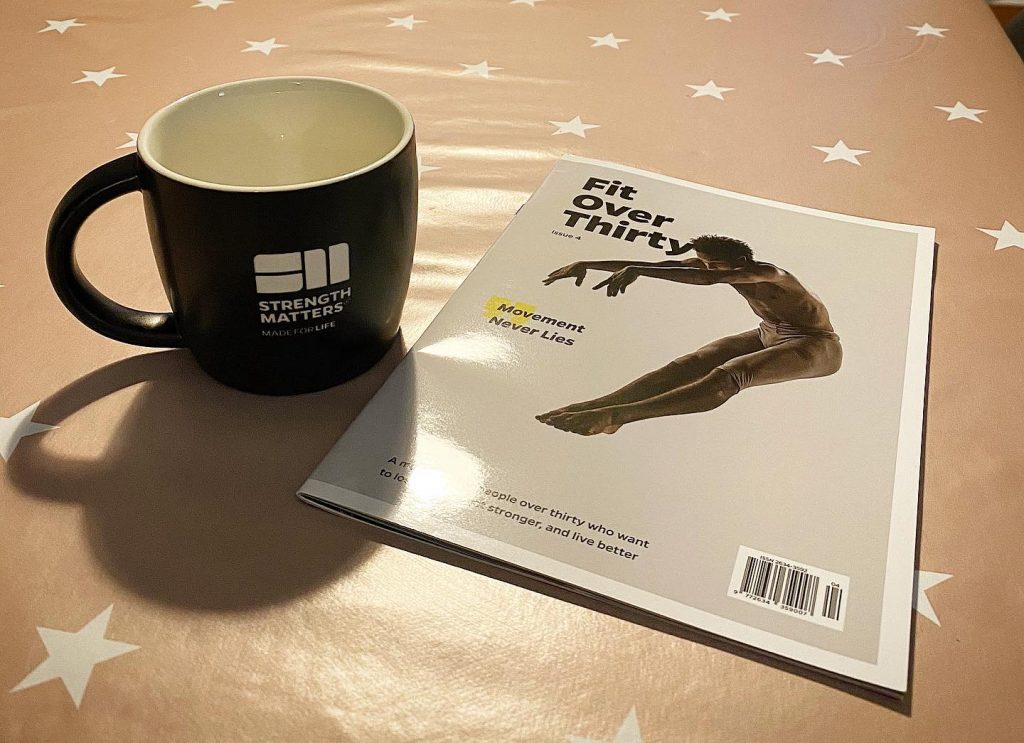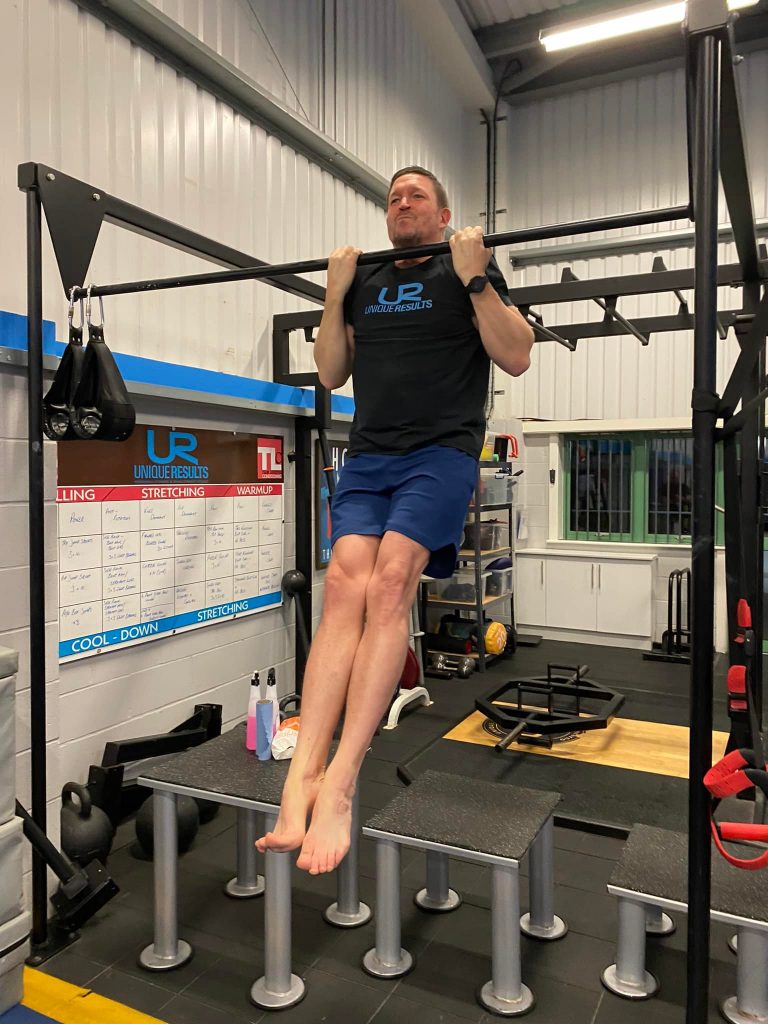Having been in the health and fitness industry for over 20 years now I’ve seen many trends come and go, and some come and stick around.
Like fashion, everything seems to be cyclical – if you keep something in your wardrobe long enough it will eventually become ‘trendy’ again (or so I hope).
However some things always remain constant and unwavering. These things could be described as ‘the fundamentals’ or ‘the basics’. Those principles that are universal in nature and will endure the test of time. If you were being philosophical you could almost call these things ‘the truth’.
As Dan John says: ‘You lift weights a lot and you get stronger.’ Amazing.
It sometimes really is that simple and overcomplicating things and trying to sex them up (for the purpose of sexing them up) is unnecessary.
The more I train myself and train others the more clarity I get.
I would definitely say that it is in the last 10 years where I have gained the most clarity and understanding and undoubtedly become a better trainer. 10 years from now I know that I will be a better trainer than I am today.
This timeframe coincided (not coincidentally) with me being introduced to the work of people such as Dan John, Pavel, Peter Lakatos, Mark and Tracy Reifkind, Gray Cook, Mike Boyle, Brett Jones, Perry Nickelston, Brooks Kubik among others.

I have a lot to be grateful to James Breese & Strength Matters for in terms of introducing me to some of these people through their magazine and podcasts and going all the way back to the original HKC (Hardstyle Kettlebell Certification) I attended in London in 2011 with Peter Lakatos.
I have been thinking recently about what changed in me and my thinking.
If I could simplify it into one sentence it would be ‘focus on quality of movement above all else’.
When I first qualified over 20 years ago we were still very much basing everything around the bodybuilding format (Frankenstein training as Dan John calls it) splitting the body into parts; upper and lower body, front and back, arms and legs, biceps and triceps, even splitting calf exercises into straight leg and bent leg variations to ensure we hit the gastrocnemius & soleus muscles.
It was all about training splits and making sure every ‘muscle group’ was trained equally throughout the week (or session). That’s how I used to write programmes for people and how I used to structure workouts. Much of the emphasis at that time was still on machine training and ‘protecting’ people by putting them in the least risk possible while training – mainly sitting down and controlling all variables as much as possible.
Dan John greatly simplified all of this complication for me into his ‘Fundamental Human Movements’ which I first read about in his book ‘Never Let Go’.
Every day he suggests trying to perform the Fundamental Human Movements in one way or another:
Push
Pull
Hinge
Squat
Loaded Carry
The ‘6th’ Movement – Turkish Get Up, Crawling, Rolling, Tumbling, Balancing, Floor work.
Other people separate the push and pull further into ‘horizontal’ and ‘vertical’ – think overhead press and bench press (or handstand push up and push up within calisthenics) and pull ups and rows.

This paradigm shift was also compounded and clarified further at the start of this year when I began training and learning with FMS (Functional Movement Systems) I went on to pass both the Level1 and Level 2 FMS exams and attend the 3 day ‘Foundational Strength’ Certification with the brilliant Brett Jones.
The Functional Movement Screen is a series of 7 movements that are screened to show where corrective exercises may be necessary before moving into full training and adding resistance to movement patterns. Ensuring that we move well, before we go onto hard training and conditioning.
The 7 movements that are tested are:
Deep Squat
Hurdle Step
Inline Lunge
Shoulder Mobility
Active Straight Leg Raise
Trunk Stability Push Up
Rotary Stability
So, what does this all mean to you? and how does it relate to your training?
The title of this blog is Move Well. Move Often – and that’s the correct order for these two statements. For a long as I can remember, the message has been ‘MOVE MORE’ – ‘JUST MOVE MORE’ – in essence do more of what you’re doing and you’ll get better e.g. lose weight, get stronger, get healthier etc
But what if you’re moving poorly to begin with?
Or you’re doing something wrong?
Doing more of that could potentially make things worse, not better – that seems like common sense but is rarely addressed.
My main focus going forward and the direction for Unique Results as we grow, develop and learn will be on Moving Well. Whether that be in Pilates, Kettlebells, HIIT, Pure Strength, Pure Movement, circuits, lifting weights – everything. Then, when you’re moving well we focus on moving more often and with increased difficulty or load.

This means that sometimes training is slower and more methodical in approach rather than flashy, exciting and gung ho. I make no apologies for that. The difference between an expert and an amateur is that the expert has worked on the basics for years and years (and continues to do so). Experts are the best at the basics in all walks of life and sport in particular.
You may notice some of our classes being separated into ability levels already. This is NOT to categorise people or split them up for the sake of it but to create smaller beginners classes for those who require more time spent on learning the basics to create a solid foundation to move forward.
Move Well. Move Often
There will be some more advanced classes added, that will also drill the basics but introduce more challenging variations of exercises for those who are ready for them. This is being done so everyone can be challenged at an appropriate level for them and continue to progress without people feeling ‘out of their depth’ or rushed.
I hope you appreciate this clarity around direction and attention to detail and why I feel it is so important for your continued progress and development in whichever training modality you warm to.
Move Well. Move Often……and move for the rest of your life.
Yours in health,
James St Pierre